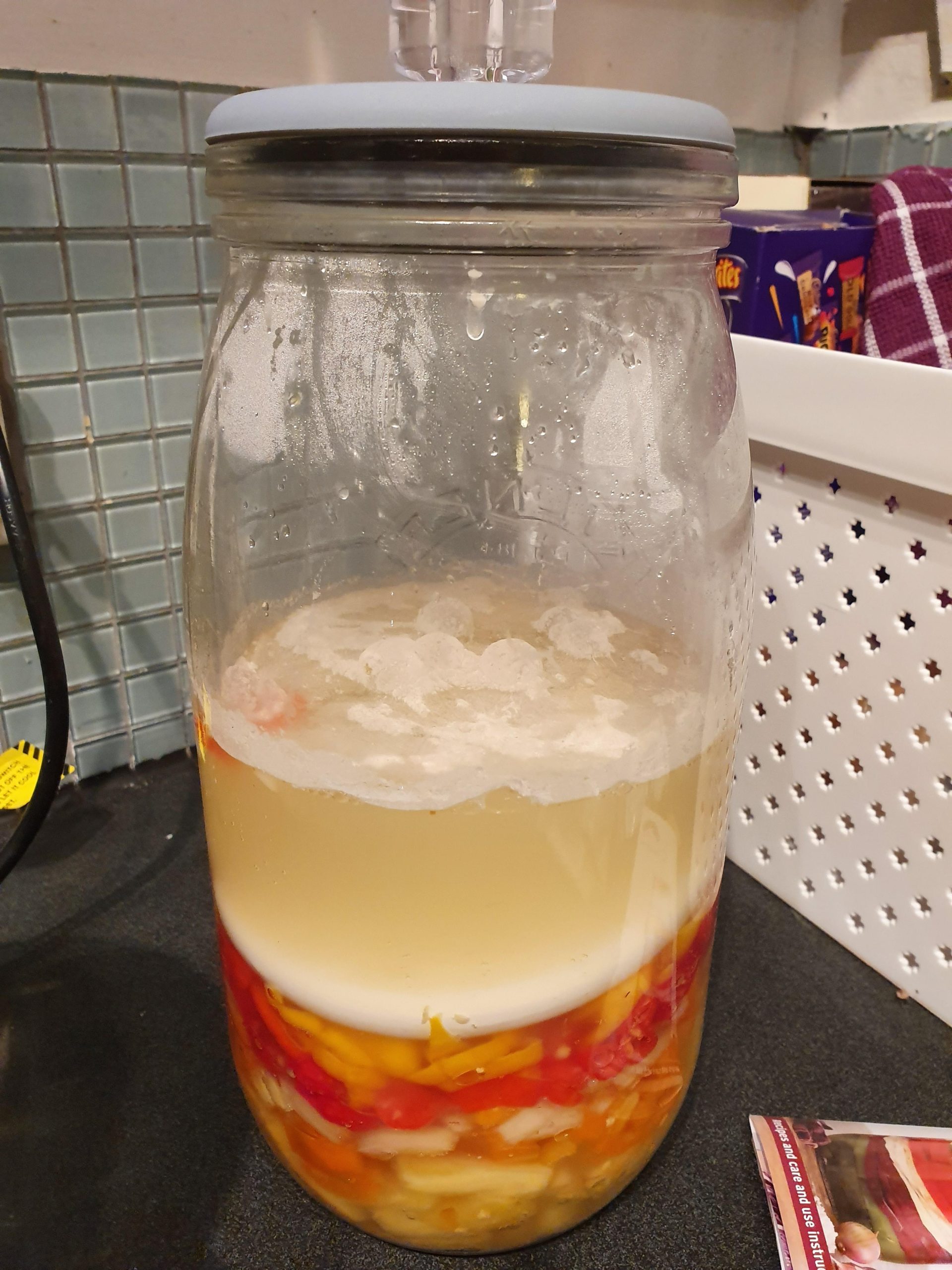Discover the Hidden Wonders of Kahm Yeast: A Fascinating Exploration of Natural Fermentation
– Kahm yeast is a wild-yeast strain that forms a layer on top of a ferment.
– It may trap air bubbles below the surface.
– Kahm yeast is not harmful and is safe to eat.
– Kahm yeast is a term used to describe harmless yeasts that can develop on fermenting fruits and vegetables when the pH reaches a certain level.
– It consists of multiple species of yeast such as Pichia, Hansenula, Debaryomyce, Mycoderma, and Candida.
– The appearance of Kahm yeast includes a white film or pellicle on the surface of the ferment, a smooth or crepe paper appearance with no fuzz, and no growth below the surface of the brine.
– Prevention is the best solution for dealing with Kahm yeast, and using an airlock fermentation jar is recommended.
– Kahm yeast is a type of yeast that requires oxygen to grow and is commonly found on the surface of fermented foods.
– It can affect the flavor and smell of the ferment.
– To prevent the growth of kahm yeast, it is suggested to use an airlock fermentation jar to remove oxygen, use enough salt to inhibit yeast growth, keep all fruits and vegetables fully submerged in the ferment, encourage a rapid start fermentation by chopping produce into smaller pieces, and keep equipment clean and sanitary.
– If kahm yeast appears in a ferment, it is harmless but may alter the taste and smell.
– Options include skimming off the yeast and finishing the ferment or starting again.
– Consuming the ferment quickly is recommended as kahm yeast may recur and further affect the flavor over time.
